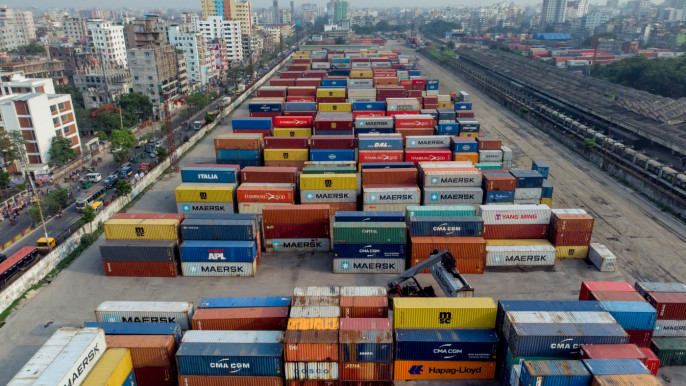SHANGHAI – It was meant to be the year China’s economy, unshackled from the world’s strictest Covid-19 controls, roared back to help power global growth.
Instead, halfway through 2023, it is facing a confluence of problems: Sluggish consumer spending, a crisis-ridden property market, flagging exports, record youth unemployment and towering local government debt. The impact of these strains is starting to reverberate around the globe, affecting everything from commodity prices to equity markets. The risk of US Federal Reserve rate hikes tipping the United States into recession has also heightened the prospect of a simultaneous slump in the world’s two economic powerhouses.
What is worse, President Xi Jinping’s government does not have great options to fix things. Beijing’s typical playbook of using large-scale stimulus to boost demand has led to massive oversupply in property and industry, and surging debt levels among local governments. That has sparked a discussion about whether China is headed for a Japan-style malaise after 30 years of unprecedented economic growth.
Exacerbating this is Mr Xi’s more assertive approach to dealing with the US, which has added fuel to American efforts to cut China off from supplies of advanced semiconductors and other technologies set to drive economic growth in the future.



